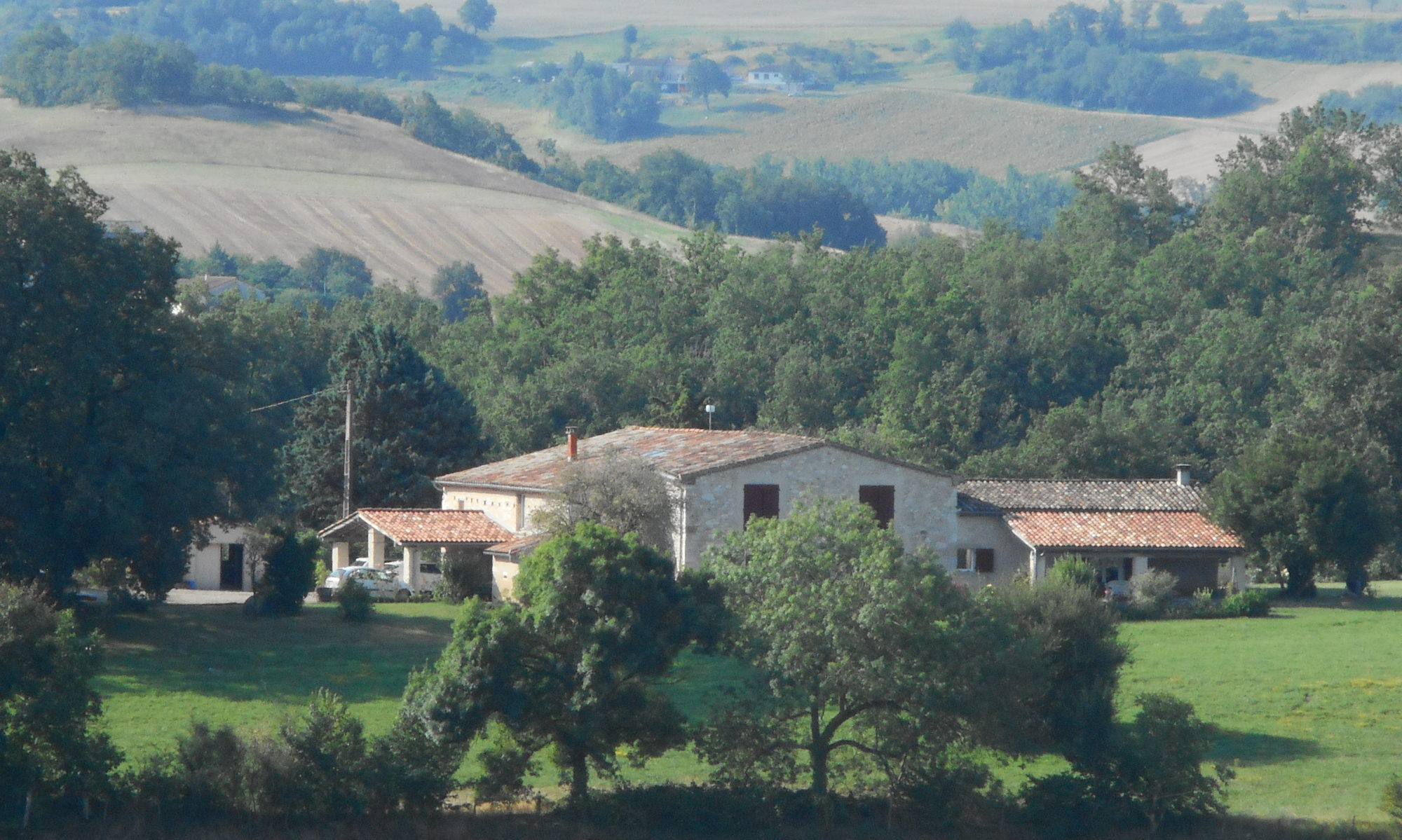We are visiting a place called Kunya Urgench which was the capitol of the once powerful Khorezm Kingdom, dont worry I have not idea about any of this either but the book says it has been here since 6th century BC which probably makes it the oldest are a we will see on this trip.
This place is also the first time we encounter history we “might” know something about. You should have heard about Genghis Khan well it should be Chinghis Khan so that’s that cleared up. Anyway you know he was a bloodthirsty type and liked conquering things well this place is one of them.
The Shah responded by shaving the heads of the Mongol ambassadors, and sent their interpreter home without a head
The Payback:
When he learned about the massacre of his envoy, Genghis nodded and quietly went off into the mountains to count to 10 and compose himself.
After thinking it through for a few days, he returned refreshed, then gave Khwarezmid a pounding unlike any the world would see until World War II.
To avenge his lost messengers, Genghis deployed three of his “four dogs” of war, which included Subutai, better known as the greatest general who ever lived. After laying siege to Inalchuq’s citadel for six months with newly-acquired Chinese technologies,
Then he went after the Shah. Genghis Khan stormed into Khwarezmia with up to 200,000 of the best trained soldiers in the world, destroyed an army five times his size, and even diverted rivers to wipe the Sultan’s birthplace off the map.
So the great Khwarezmian Empire dissolved in a campaign that lasted less than six months.
Although always ruthless, Genghis Khan was especially vindictive; the great cities of the empire–Bukhara, Samarkand, Herat, Merv and Urgench–were destroyed.
You have never heard of Merv and Urgench because the destruction was that thorough.
(A town in northern Iran became so crowded with refugees from the Mongols that it grew to some prominence: Tehran).
While the Khwarezmian Empire is not remembered, Genghis Khan’s visit there is. It still is studied in military science as the inspiration and prototype of modern mechanized warfare. Blitzkrieg should be a Mongolian word.
So now you know =========================
The photos are not from the original settlement (unsurprisingly)
but from the post Timurid period (there’s that name again)
This is the Turabeg Khanum Mausoleum described in my book as and I quote “One of Central Asia’s most Perfect buildings” a giant calendar, 365
sections, 24 pointed arches 12 large arches and 4 big windows not sure anyone
would have worked this out from what I saw but maybe after renovation it will
return to its former glory.


Gutlug Timur Minaret built 1320’s 59 meters tall (it used to be taller).


